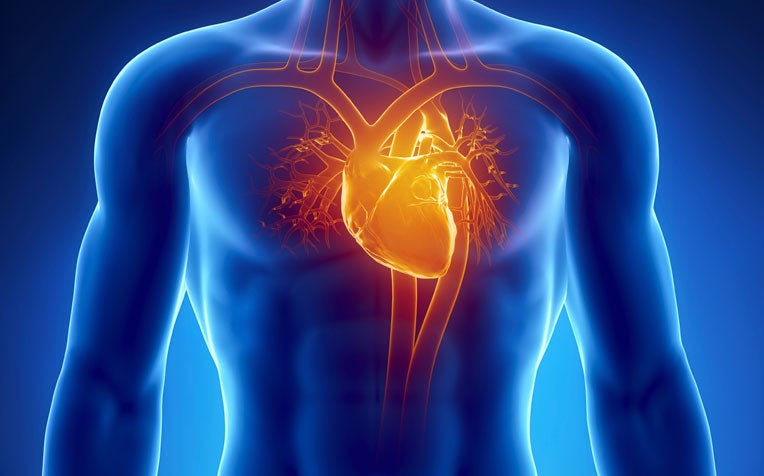
An implantable cardioverter defibrillator (ICD) helps to monitor and restore heart rhythm.
What is an implantable cardioverter defibrillator (ICD)?
An implantable cardioverter defibrillator (ICD) is a matchbox-size device implanted in your chest. ICDs can help to monitor your heartbeat and restore it to a normal heart rhythm, whenever your heart is beating too slowly, quickly or chaotically.
Implantable cardioverter defibrillator (ICD): Regulating heart rate
“The heart should beat at a regular rhythm and rate. Any disruption to the heart’s normal electrical activity can lead to arrhythmias or abnormal heartbeats,” says Associate Professor Ching Chi Keong, Senior Consultant, Department of Cardiology and Director, Electrophysiology and Pacing, National Heart Centre Singapore (NHCS), a member of the SingHealth group.
It is common to experience an occasional extra heartbeat, but sudden bursts of rapid heartbeats or abnormally slow heartbeats must be checked. They can happen without warning. An ICD can automatically detect any abnormal heartbeat and correct it before it becomes life-threatening, adds Assoc Prof Ching.
The total number of ICD implants at NHCS has risen significantly from 18 in 2002 to about 180 cases in 2013. More heart patients in Singapore are getting these implants to prevent sudden cardiac arrest and premature death.
Who needs an implantable cardioverter defibrillator (ICD)?
Cardiac arrest survivors as well as patients suffering from heart failure and coronary heart disease may benefit from an ICD, depending on their risk of developing a sudden cardiac arrest.
People with potentially life-threatening abnormal heart rhythms (arrhythmias) or who are at high risk of developing them may also need an ICD.
Serious ventricular arrhythmias include:
Ventricular tachycardia (rapid heartbeats occurring in the heart’s lower chambers, or ventricles)
Ventricular fibrillation (rapid or chaotic heartbeats – usually due to poor functioning of the heart’s ventricles)
You may also need an ICD if you have a heart condition called cardiomyopathy. This abnormal function of the heart muscle disrupts its pumping action. This increases your risk of developing arrhythmias.
How does an implantable cardioverter defibrillator (ICD) work?
The ICD acts like a mini shock generator. It sends electrical shocks of varying intensity to convert abnormal heartbeats into normal heartbeats.
The ICD is programmed to work in two ways:
Cardioversion which delivers a mild electrical shock that converts a rapid heartbeat into a normal heartbeat.
Defibrillation which delivers a powerful electrical shock if cardioversion fails and if ventricular fibrillation develops.
How is the ICD implanted?
During the one to two-hour surgery, the surgeon will implant the ICD just below the collarbone through a skin incision.
The surgery is done under local anaesthesia. Patients are usually discharged after 24 hours.
Risks from ICD implantation
The risk of complications is one per cent risk and includes infection, excessive bleeding, lung collapse (pneumothorax), heart perforation and device malfunction.
5 tips for people living with an implantable cardioverter defibrillator
Always carry your ICD identification card with you.
Beware that anti-theft systems in stores, airport screening devices and metal detectors may interfere with the ICD’s functioning. Pass through them quickly if the need arises.
Place mobile phones more than 15 cm from the ICD to prevent possible interferences.
Inform your dentist or doctor before undergoing any procedure that uses medical or electronic devices.
Stay away from generators, welding equipment and industrial motors. They may disrupt the ICD’s pulse generator.
Ref: R14
Contributed by


















 Get it on Google Play
Get it on Google Play